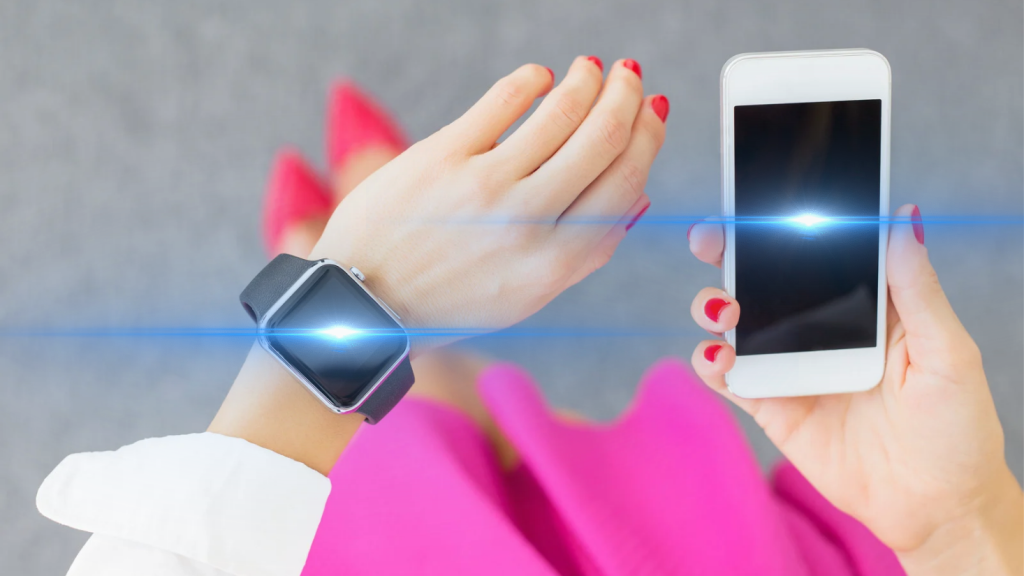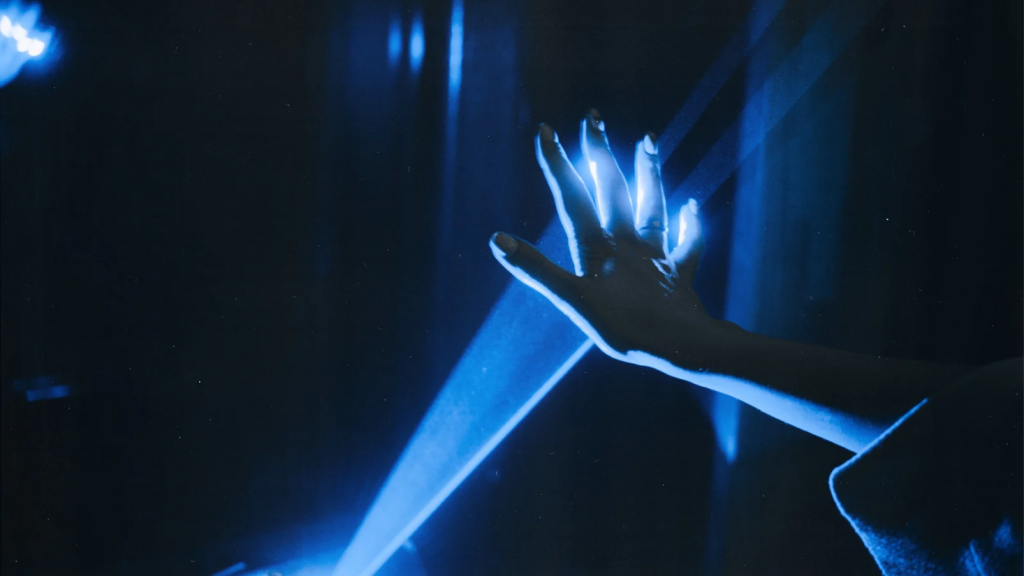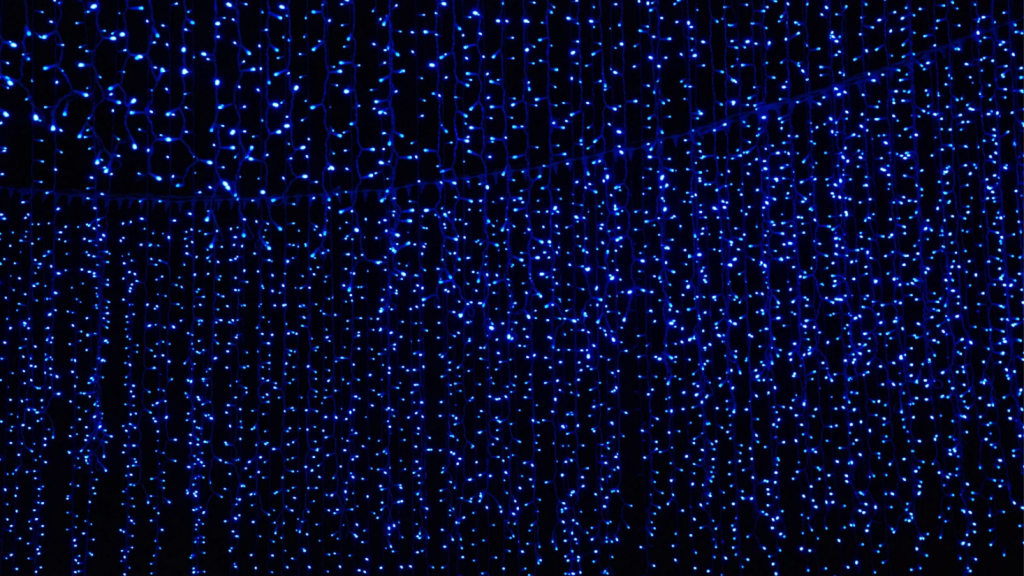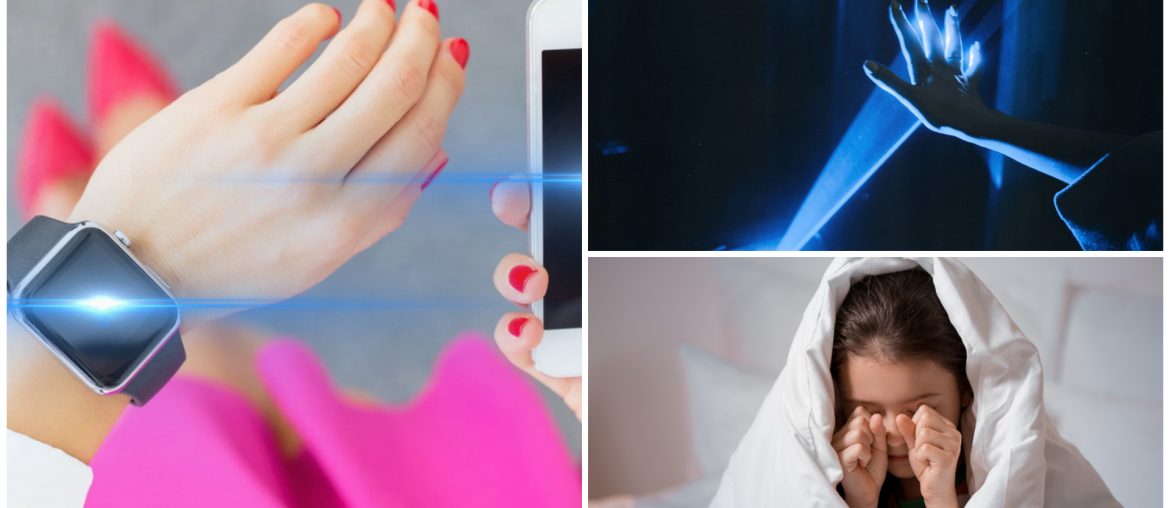Do you believe that devices such as mobile phones, desktop computers, and televisions produce blue light? Is this claim scientifically proven?

But first, let us know the real definition of bluelight.
What is Bluelight?

According to Cultivating Health, blue light is a component of the visible light spectrum, which the human eye can see. It vibrates in the 380 to 500 nanometer range and has the shortest wavelength and the most energy. Blue light accounts for around one-third of all visible light. Sunlight is the most abundant source of blue light.
The claim that blue light affects our sleeping patterns has been a hot topic over the years. This claim has been a debate for ages. But despite its hype, what does science really say about blue light? Is it a real concern, or merely a myth perpetuated by modern technology and is only used to promote eye care products?
Myth: Blue Light and Sleep Disruption

This is the most common misconception about blue light. It is believed that exposure to blue light in the evening, specifically from device screens, can interfere with sleeping patterns as this affects the production of melatonin, a hormone that regulates sleep-wake cycles.
Reality: Blue Light and Sleep

While it is true that blue light can suppress melatonin production. Researchers suggest factors such as the intensity and duration of blue light exposure. This also includes individual sensitivity play. Limiting screen time before bedtime and using devices with high blue light filters may help lessen its effects. However, more studies are needed to determine the full relationship between blue light and sleep disruption.
So, is blue light a real concern, or is it a myth? There is no specific answer to this question. Hence, it lies between myth and reality.

Practicing management in screen time can help minimize its believed negative effects. More research is needed to prove its claimed effects and comprehend its long-term implications of our increasingly digital lifestyle on our physical health.



Comments are closed.